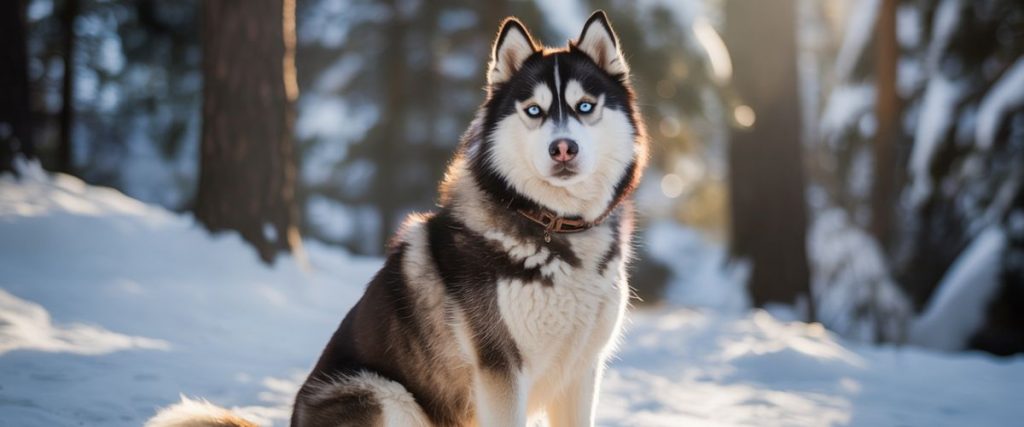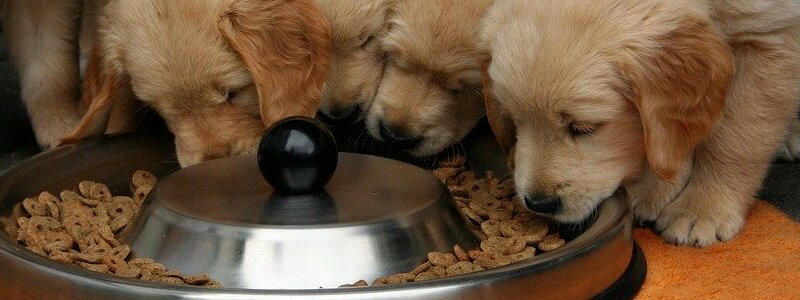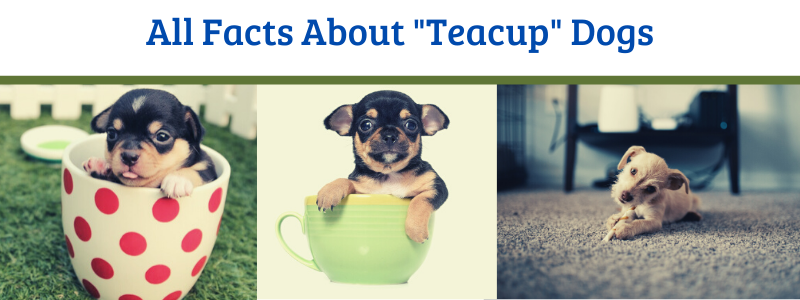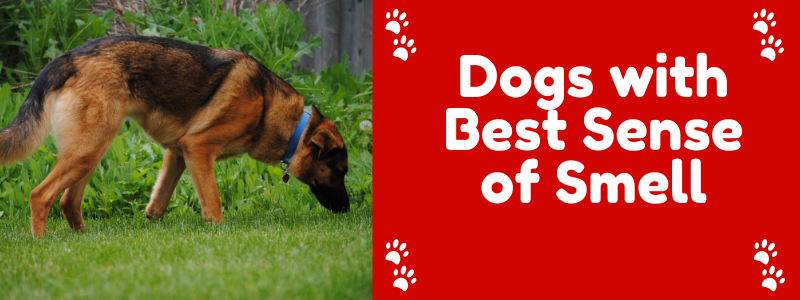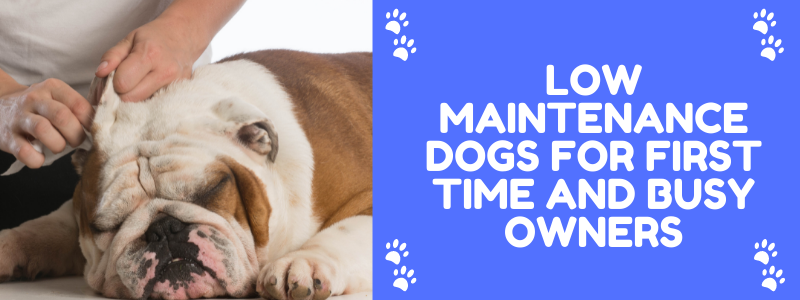So, you’re thinking about getting a Siberian Husky (or maybe you already have one and are wondering what on earth you got yourself into). Either way, welcome to the club. Huskies aren’t your average dog—they’re stubborn, hilarious, a little dramatic, and absolutely stunning. But let me be real with you: they’re not exactly “low-maintenance.”
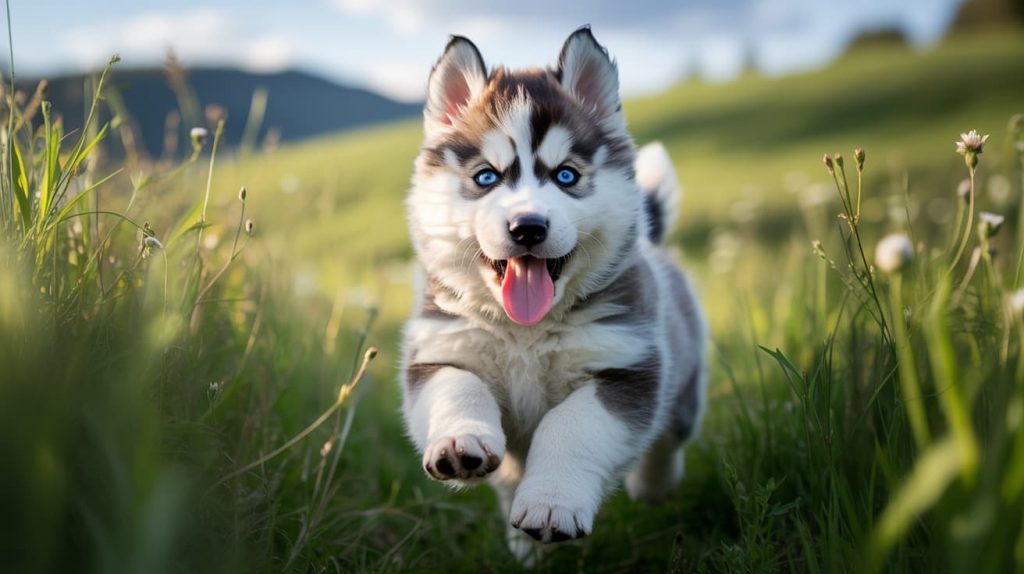
I’ve had my fair share of “Husky chaos” moments—like the time one bolted across the park chasing a pigeon, leaving me standing there holding an empty leash like a fool. Ever happened to you? If not, don’t worry—it probably will 😅.
This guide will break down everything you need to know about Husky care in a fun, beginner-friendly way. Let’s get into it!
Understanding the Siberian Husky Personality
If you think Huskies are just fluffy wolves who nap all day, you’re in for a surprise.
- Independent thinkers: Huskies don’t live to please you like some breeds. Training them can feel like negotiating with a toddler who just discovered the word “no.”
- Drama kings/queens: Drop their dinner five minutes late, and they’ll howl like you’ve ruined their entire existence.
- Escape artists: Fences? What fences? A bored Husky will test your security system daily.
- Pack animals: They love people and other dogs. Leave them alone too long, and you’ll pay for it with shredded furniture.
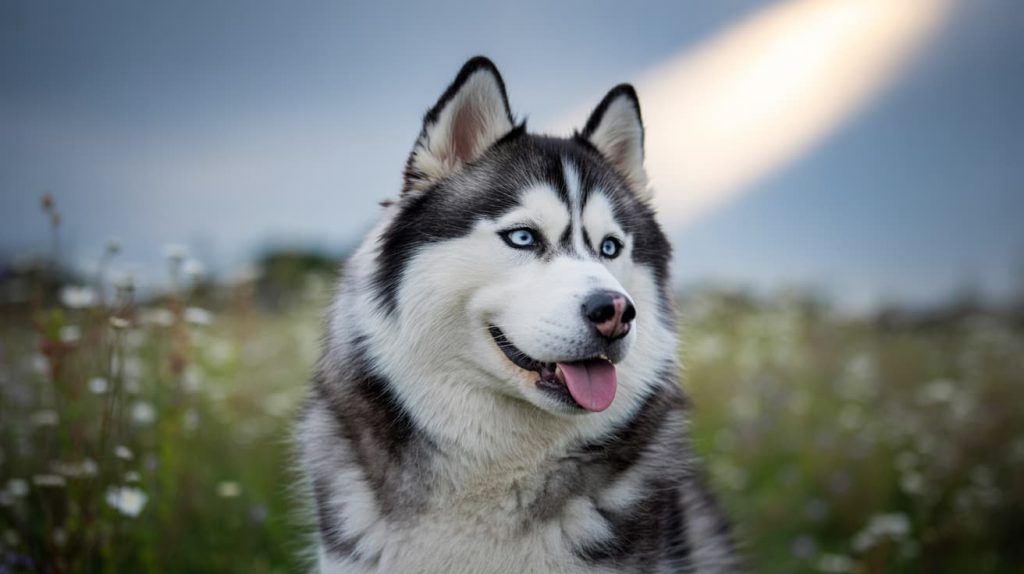
Bottom line: If you want a laid-back couch potato, Huskies aren’t it. If you want a fun, slightly chaotic best friend, you’ve found your match.
Creating the Perfect Home Setup
Your Husky needs more than a comfy bed and a few squeaky toys.
Space Requirements
Huskies aren’t apartment-friendly unless you’re committed to daily exercise marathons. They thrive in homes with:

- Large, fenced yards (with tall fences… trust me, they can jump).
- Plenty of room indoors because they’ll sprawl out like royalty.
- Cool areas—they overheat quickly in hot climates.
Safety First
If you think a standard fence will do the job, you’re underestimating your Husky. They dig, climb, and squeeze through tiny spaces. Ever seen a dog pull a Houdini act? Yeah, that’s a Husky.
Pro tip: Reinforce your yard like Fort Knox. Seriously.
Feeding Your Siberian Husky
Huskies are surprisingly light eaters for their size, but diet still matters.
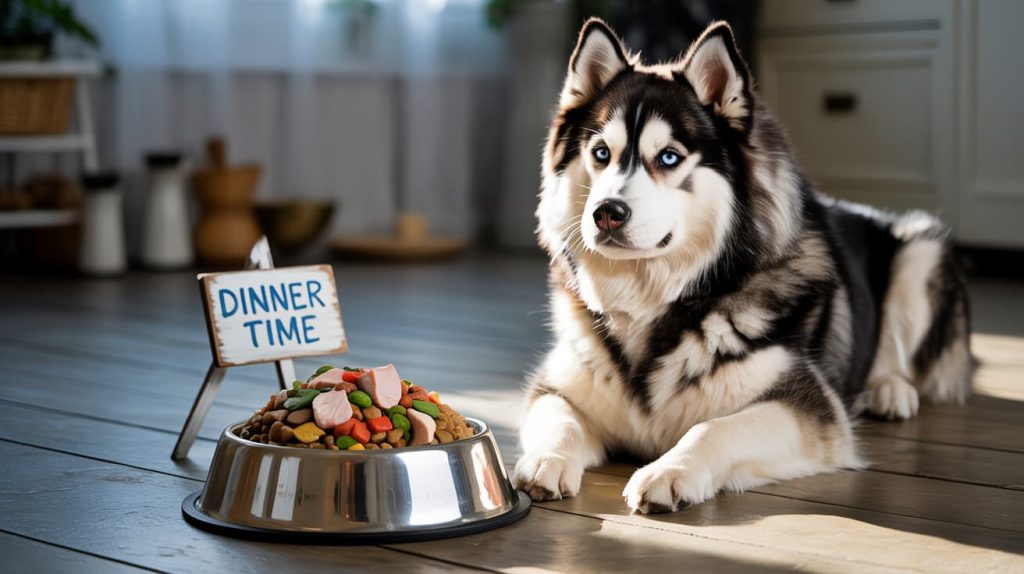
What to Feed
- High-quality kibble with balanced protein and fat.
- Fresh additions like boiled chicken, rice, or veggies (if your vet approves).
- Omega-3 fatty acids to keep their coat shiny.
Foods to Avoid
- Chocolate (duh).
- Grapes and raisins.
- Onions and garlic.
- Super fatty human foods (sorry, no pizza slices for your Husky).
Pro tip: Huskies are smart enough to manipulate you for snacks. Stay strong.
Grooming That Famous Husky Coat
Let’s talk about the elephant—or rather, the fur— in the room. Huskies shed. A lot. Like, “I just vacuumed 10 minutes ago, why is there hair in my coffee?” levels of shedding.
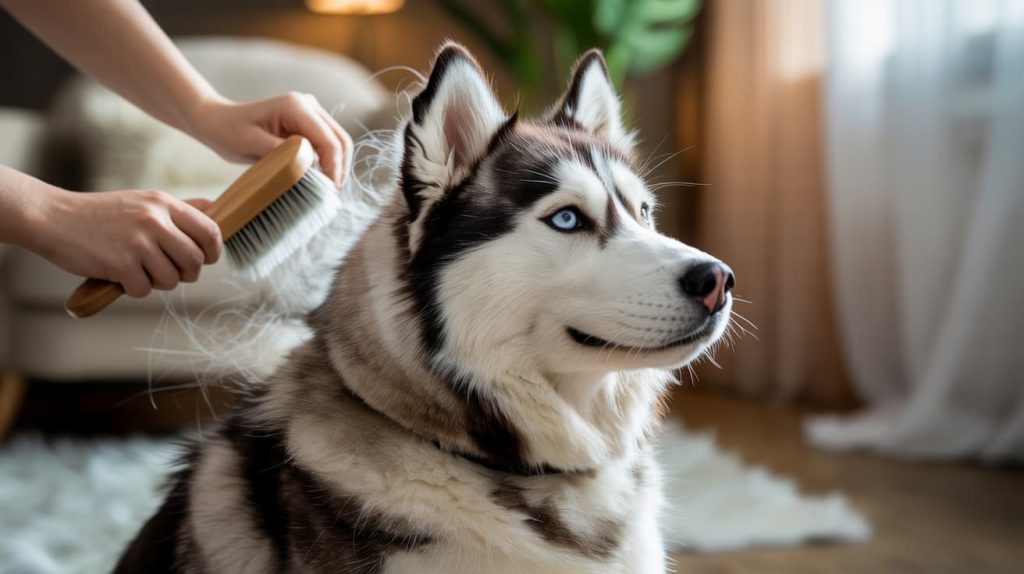
Regular Grooming Routine
- Brush 2–3 times a week to keep fur under control.
- Daily brushing during shedding season (spring and fall).
- Baths only when needed—overbathing dries out their skin.
Tools You’ll Need
- Slicker brush.
- Undercoat rake.
- Vacuum with superpowers (trust me).
Warning: If you hate fur on your clothes, car, bed, and soul… maybe reconsider the Husky life.
Training Your Siberian Husky
Training a Husky is like convincing a teenager to clean their room. Possible? Yes. Easy? Absolutely not.
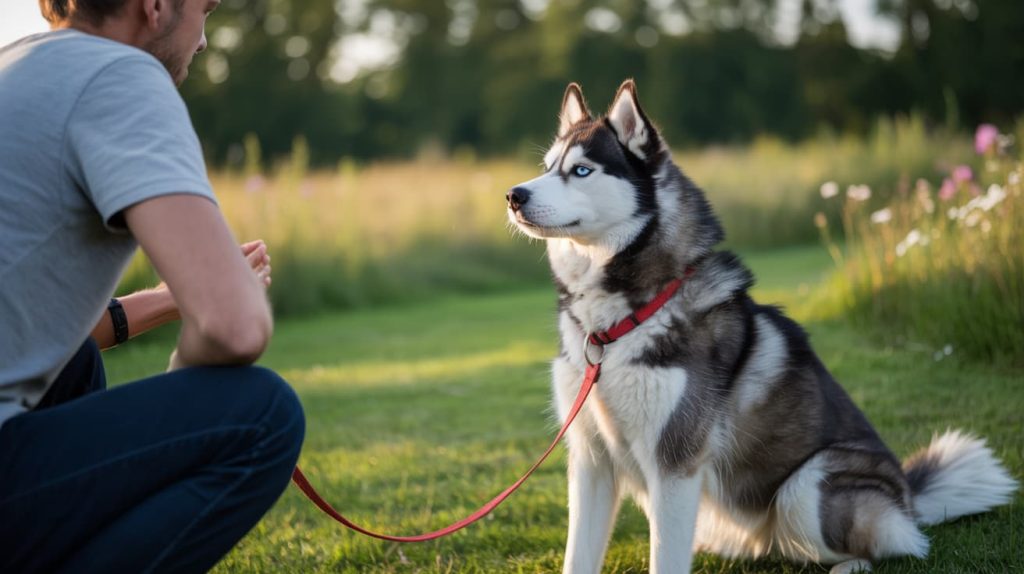
Key Training Tips
- Start early: Puppies are easier to mold (before they learn how fun misbehaving is).
- Be consistent: Mixed signals confuse them and lead to chaos.
- Use positive reinforcement: Treats, toys, and lots of praise work better than yelling.
- Short sessions: They get bored fast. Keep it quick and fun.
Fun fact: Huskies are notorious for “selective hearing.” You’ll call, and they’ll look at you like, “Oh, were you talking to me?”
Exercise Needs: Energy to Burn
If you wanted a Netflix-binge buddy, you should’ve adopted a cat. Huskies need serious exercise.
Daily Exercise Goals
- At least 1–2 hours a day of physical activity.
- Mix it up with runs, hikes, and playtime.
- Mental stimulation—puzzle toys, training drills, or even agility courses.
Pro tip: A tired Husky is a happy Husky. A bored Husky? A demolition crew.
Socialization: Raising a Friendly Husky
Huskies usually love everyone, but socialization still matters.
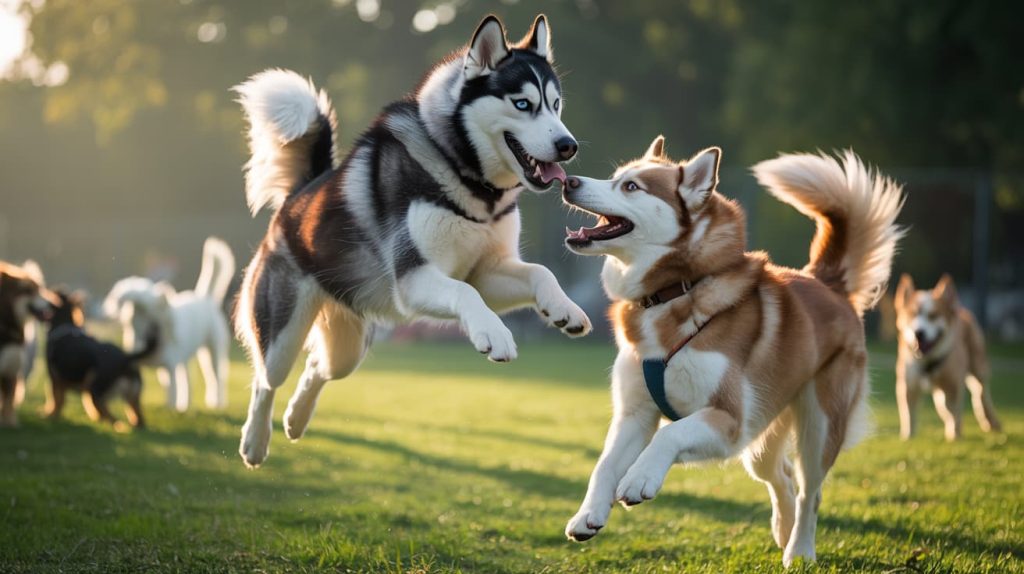
Why It’s Important
- Prevents fear or aggression.
- Builds confidence.
- Makes walks and vet visits easier.
How to Do It
- Puppy playdates with other dogs.
- Trips to busy areas like parks or pet-friendly cafés.
- Exposure to sounds (traffic, vacuum, thunderstorms).
Ever seen a Husky meet a new friend? It’s like they’ve known each other forever. Huskies have that “life of the party” energy.
Common Husky Health Issues
Huskies are generally healthy, but you should know what to look out for.
Common Concerns
- Hip dysplasia: Joint problems later in life.
- Eye issues: Cataracts and progressive retinal atrophy.
- Hypothyroidism: Weight gain, lethargy, and skin problems.
- Zinc deficiency: Huskies sometimes struggle with nutrient absorption.
Staying on Top of Health
- Regular vet check-ups.
- Balanced diet.
- Plenty of exercise.
- Watch for any sudden behavior changes.
FYI: Don’t panic about every sneeze or itch, but trust your gut. If something feels off, call the vet.
Living With a Husky in Hot Weather
Huskies were built for Siberia, not sunny beach towns. But plenty live happily in warmer places with the right care.
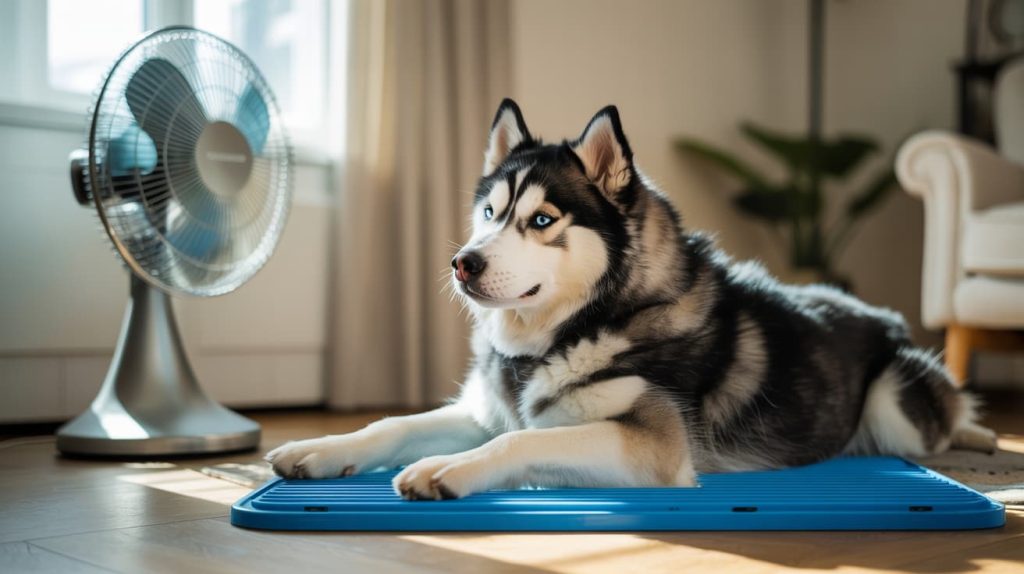
Cooling Tips
- Always provide shade and water.
- Walk during cooler hours (early morning, late evening).
- Invest in cooling mats or vests.
- Avoid shaving their coat—it protects them from sunburn and overheating.
IMO: If you live in a super-hot climate, be ready to spend extra effort keeping them safe.
The Emotional Side of Husky Ownership
Huskies aren’t just pets—they’re family. They’ll test your patience, steal your socks, and maybe even sing the song of their people at 3 a.m. But they’ll also make you laugh daily and love you with their whole furry heart.
When you commit to a Husky, you’re not just getting a dog—you’re signing up for an adventure. And honestly? It’s worth every chewed shoe and every fur tumbleweed.
Quick Husky Care Checklist
For when you need a cheat sheet:
- Diet: High-quality food, no junk.
- Exercise: 1–2 hours a day minimum.
- Grooming: Brush several times a week, daily in shedding season.
- Training: Start young, stay consistent.
- Socialization: Early and often.
- Health: Regular vet visits and watch for common issues.
- Home setup: Secure fences, lots of space.
Conclusion
So, there you have it—your Siberian Husky Care Guide for Beginners. Is it a lot? Yeah. But is it rewarding? Absolutely. Owning a Husky means embracing a little chaos, but also experiencing unmatched loyalty and joy.
Think of it this way: life with a Husky is never boring. You’ll laugh, you’ll sigh, you’ll vacuum a lot… but at the end of the day, you’ll look into those ice-blue eyes and know it’s all worth it.
So, are you ready to handle the fur, the sass, and the energy? If yes—welcome to the Husky family 🙂

